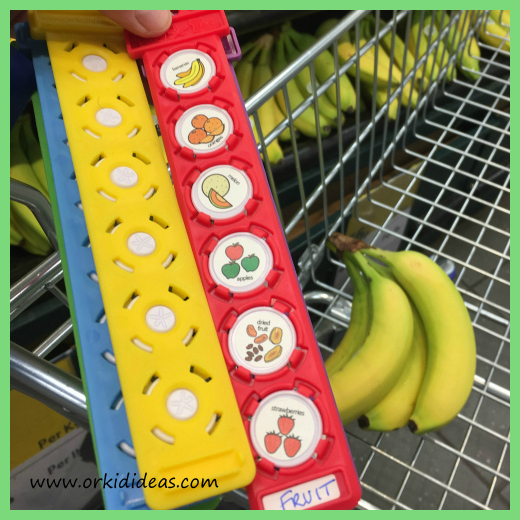
Shopping with my son, who has autism, was often the stuff of nightmares! Confused, frustrated and overwhelmed by the bright lights, strong smells and noisy crowds he would scream, run for the exit knocking over displays, leaving a trail of destruction and disapproving glares from other shoppers in his wake.
Shopping online seemed to be the only solution – why would anyone put their child (and themselves!) through this challenge on a regular basis? Put simply, a shopping trip can help develop life skills. The need to plan and organise; the necessity of buying food and the pleasure of choosing what you want to eat; interacting with others – all things I felt were essential and that he deserved for his future.
So, how can you change a shopping trip from a nightmare into a positive, dare I say it, maybe even a fun experience? Here are some of the strategies that we used.
Be prepared
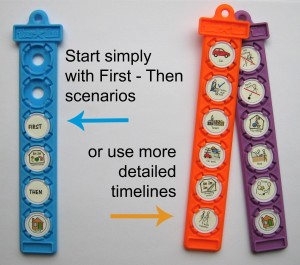 Visual timelines
Visual timelines
Create timelines using TomTag to show the different stages of a shopping trip and make sure to talk through them with your child before you go. Knowing what to expect can greatly help to reduce anxiety and stress for a child with autism. The amount of detail needed in your timeline will vary with each child. Use FIRST – THEN prompts in a single tag at the simplest level or link 2 tags together to create a more detailed shopping trip sequence like the ones shown here.
Routine
For my son, the route to the shops was really important to his routine too – try to stick to the same one each time if possible to help prevent distress before you even get to the shops! Include the route or what transport you will use in your timeline as well.
Don’t forget to include a visual prompt to define that there will be a point when the shopping trip will finish too (maybe the home symbol, for example) – cue relief all round!
Make a list

Shopping with a list is a good discipline for anyone to adopt. It can save us time and money as we’re more likely to only buy the things we really need.
You can introduce different skills by involving your child in preparing your shopping list. They can learn to budget and prioritise by only including the items that are needed for a meal or recipe. Perhaps they want something that’s not on the list – maybe offer to add it next time if they are good this time to teach delayed gratification.
Taking a prepared list will also help to keep a child engaged whilst shopping as they search for and check things off their list. They’re learning to be responsible and it helps them to realise they can have a role to play in everyday family tasks.
Educate
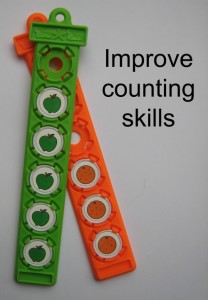 Shopping provides a wealth of educational opportunities. Here are just a few examples:
Shopping provides a wealth of educational opportunities. Here are just a few examples:
Matching – finding items on the shelf that match the items on their list.
Counting – use a different coloured tag to show how many of each item you need to buy and have them put the right number into the trolley, like this example using apples and oranges.
Calculating – working out the best value choice often involves quite complex calculations, particularly with 3-for-2, half price and BOGOFs (buy one get one free) to compare!
Making healthy choices – reading and understanding food labels is a key starting point to being able to select healthier options.
Sensory considerations
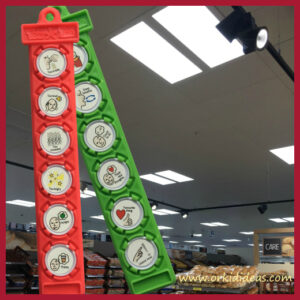
Loud sounds, overwhelming smells and flickering lights can be particularly confusing and frightening for a child with sensory issues. If your child has trouble processing light or noises then provide some sensory armour such as sunglasses, ear defenders or a baseball cap to reduce the potential of sensory overload.
Keep a visual list handy so your child can show you what they are having problems with (too bright, too noisy, thirsty, hungry etc.). Pair it with a list of strategy symbols (deep breath, count to 10, need to leave, etc.) that remind them of suitable self-help solutions.
Behaviour
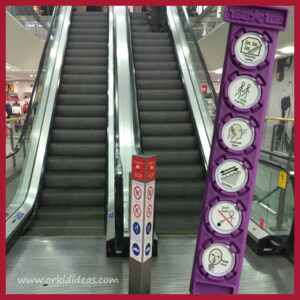
Allowing for any sensory issues, explain the expectations for behaviour when going shopping and inside shops. Be prepared that your child may not get it right first time, or every time – be patient, practice and remember to praise them when things do go well.
Prepare a visual prompt and talk through the rules before you go. Take the tag with you as a handy reminder should you need it when you’re out and about.
Role play
 Shopping for shoes and clothes with a child with autism can often be particularly difficult and require specific explanation of what to expect before you go.
Shopping for shoes and clothes with a child with autism can often be particularly difficult and require specific explanation of what to expect before you go.
Try role playing the shopping experience at home first. For example, if you need to shop for shoes you’ll most likely need to get their feet measured as well. Practice having your child let you take off their shoes and touch their feet as the assistant in the shop might do. This will help you know what triggers any specific reaction and then prepare for how to deal with it.
Use a visual timeline to help you talk about what’s going to happen. Take it with you to use as a reminder of the process once you’re there.
John Lewis have recently introduced an autism-friendly shoe fitting service in some of their stores. Do you know of any other local or national shops offering this kind of service to autism families that you’d like to recommend?
Resources
For a more detailed look at strategies to help children with autism cope with shopping trips see this great resource from the National Autistic Society.
If you want to make your own schedules and checklists like the ones shown in the examples here have a look at the kits and symbol packs listed below.






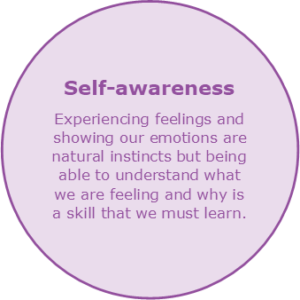
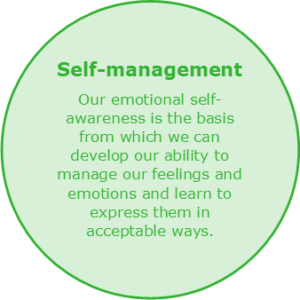
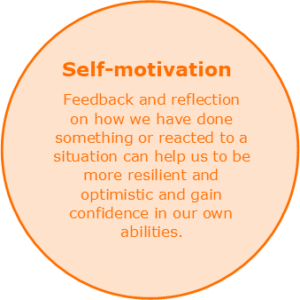
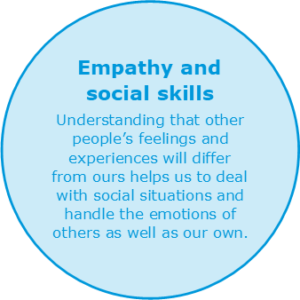
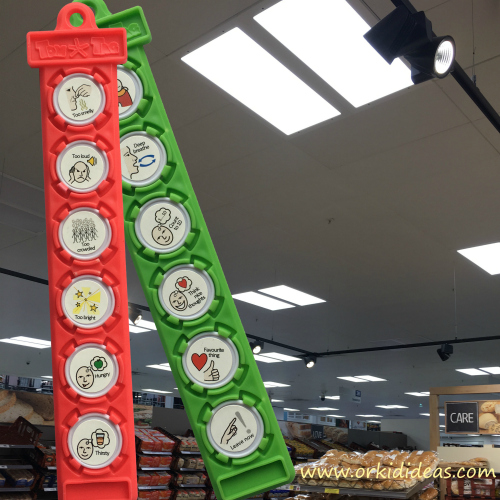


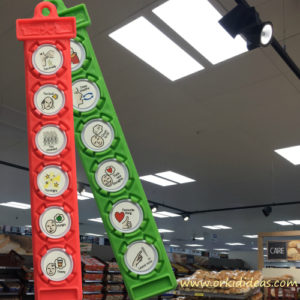
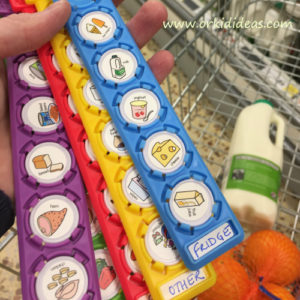
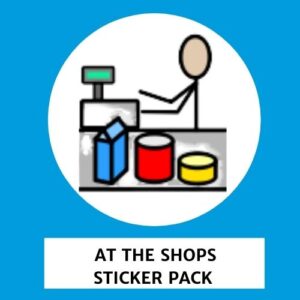
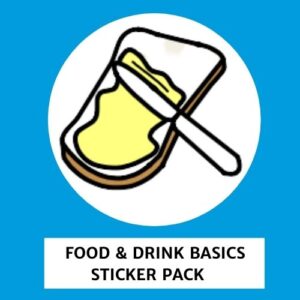
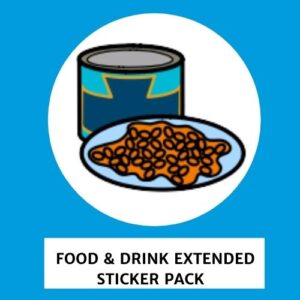

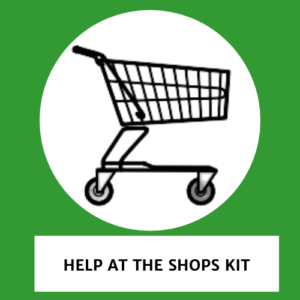

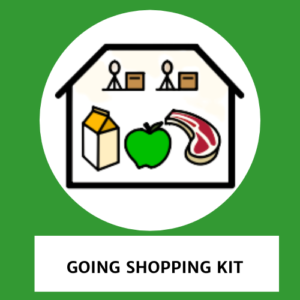
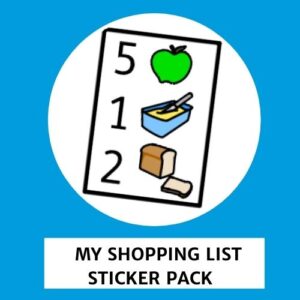
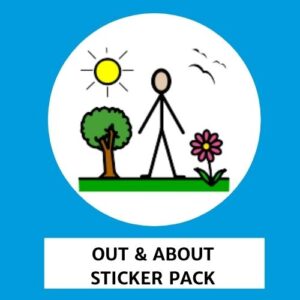
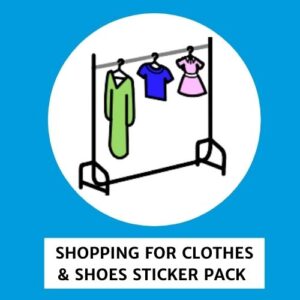

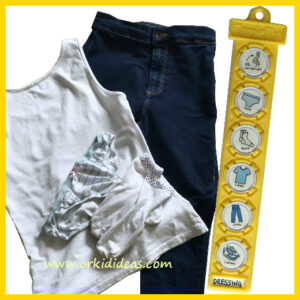 Keep another checklist in the bedroom that will show your child what clothes they need to wear and what they should put on first. This avoids the pants over trousers scenario!
Keep another checklist in the bedroom that will show your child what clothes they need to wear and what they should put on first. This avoids the pants over trousers scenario!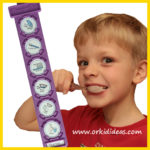 Taking care of personal hygiene is a very important life skill for all our children to learn. We perform these tasks for ourselves everyday without needing to think about exactly what we’re doing.
Taking care of personal hygiene is a very important life skill for all our children to learn. We perform these tasks for ourselves everyday without needing to think about exactly what we’re doing.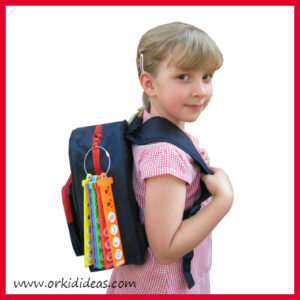 Giving your child the responsibility for finding and packing everything they need for school might seem like a crazy idea but even the youngest or most disorganised child can soon get the hang of it, increasing their independence and reducing anxieties that occur over forgotten items.
Giving your child the responsibility for finding and packing everything they need for school might seem like a crazy idea but even the youngest or most disorganised child can soon get the hang of it, increasing their independence and reducing anxieties that occur over forgotten items.

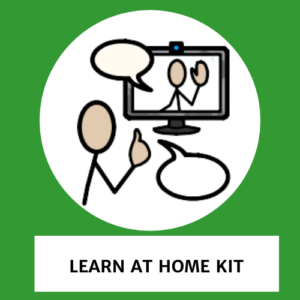
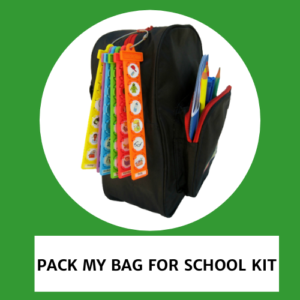
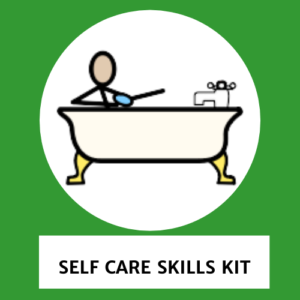
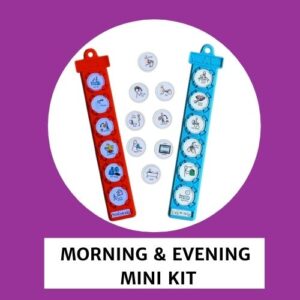
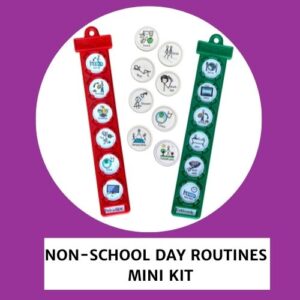
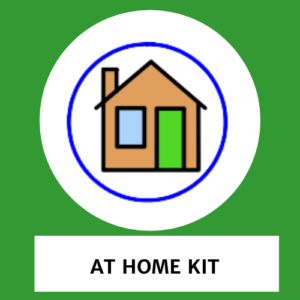
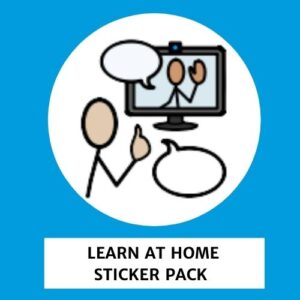
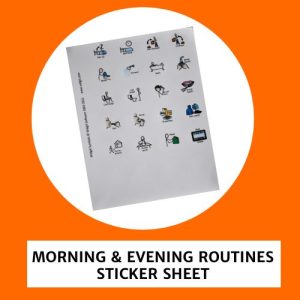
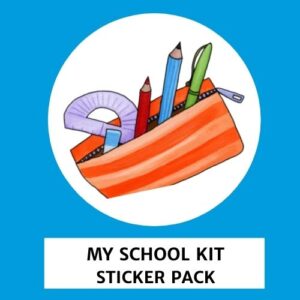
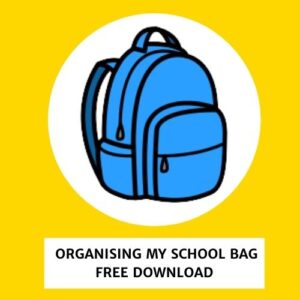
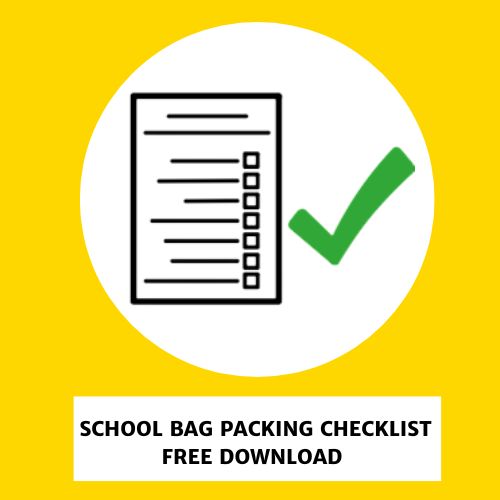

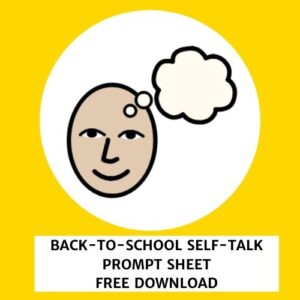
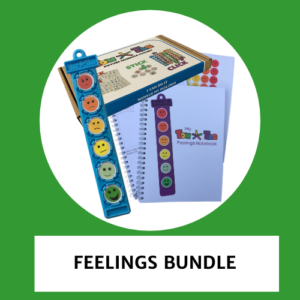
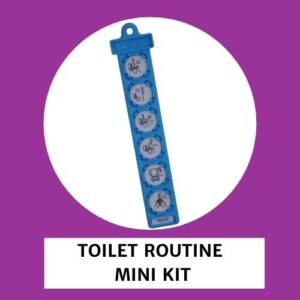


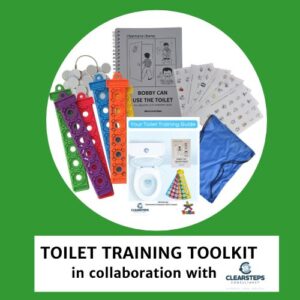

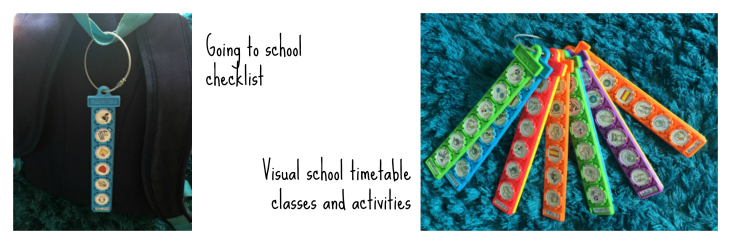
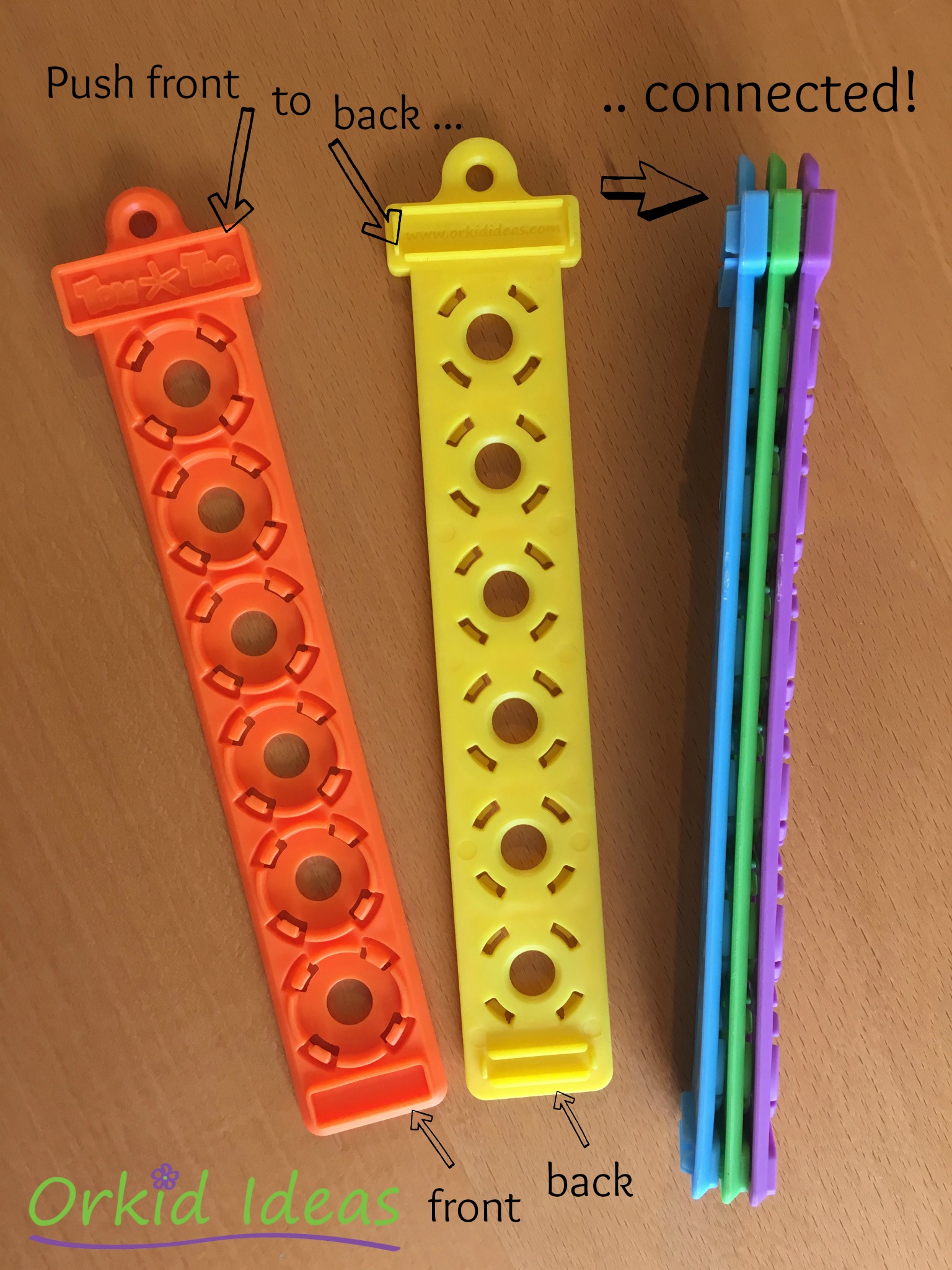







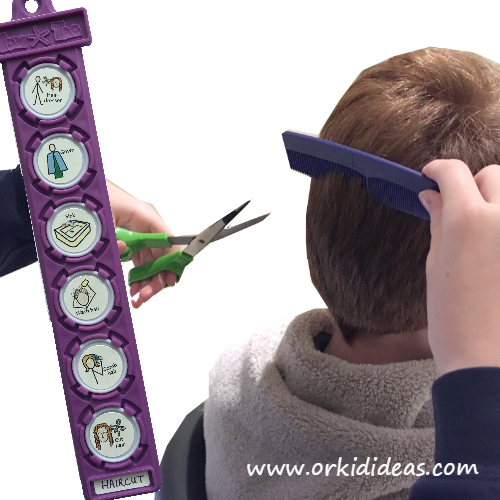
 Prepare
Prepare  Familiarise
Familiarise Visualise
Visualise 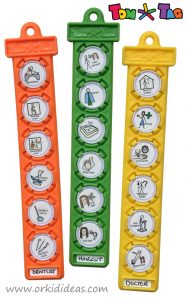
 Read it
Read it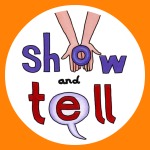 Communication
Communication Sensory sensitivities
Sensory sensitivities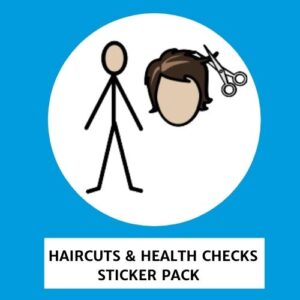

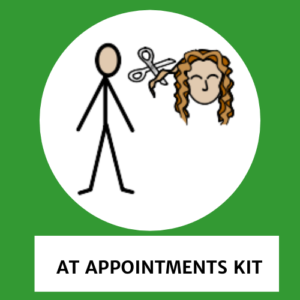
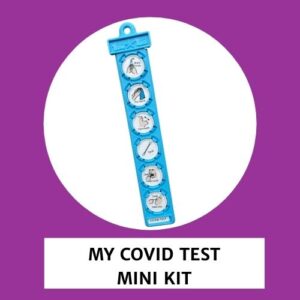








 Shopping for shoes and clothes with a child with autism can often be particularly difficult and require specific explanation of what to expect before you go.
Shopping for shoes and clothes with a child with autism can often be particularly difficult and require specific explanation of what to expect before you go.